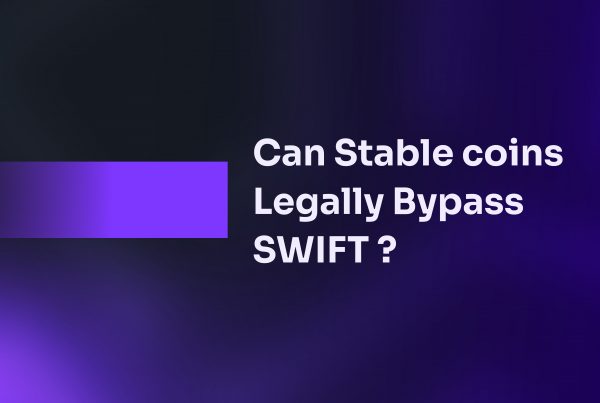Introduction
Business Email Compromise (BEC) is one of the fastest-growing cyber threats facing businesses today. While you’re focused on operations and growth, scammers are finding new ways to exploit your inbox.
But here’s the kicker: while you’re busy hustling, the bad guys work overtime to find new ways to rip you off. Take this Business Email Compromise (BEC) scam that’s been making the rounds.
In 2024, the Federal Bureau of Investigation (FBI), the United States criminal investigative organisation, revealed that businesses worldwide lost more than $55M to BEC.
In this article, we’ll explain how BEC attacks work, how to spot them, and the most effective steps for email scam prevention.
What is Business Email Compromise?
Business Email Compromise is a targeted form of cybercrime where scammers impersonate trusted contacts, like a CEO, vendor, or finance team member, to trick people into sending money or sensitive data.
Unlike regular phishing emails, BEC attacks are carefully researched, highly personalized, and harder to detect.
Common Tactics Used in BEC Attacks
Scammers behind BEC attacks are patient and strategic. Here are the most common methods they use:
-
Spoofed email addresses: Slight changes in spelling (like “@yourcornpany.com”) trick recipients into thinking emails are legit.
-
Compromised accounts: Attackers hack real employee email accounts to send fraudulent requests.
-
Urgent requests: Messages like “Please process this payment now” push employees to act quickly without verifying.
-
Invoice fraud: Real invoices are intercepted and altered with new bank details.
-
Conversation hijacking: Hackers jump into ongoing email threads to make their messages seem authentic.
How to Identify a BEC Scam
BEC attacks aren’t always obvious, but there are red flags:
-
Strange sender emails: Look out for slight domain changes or misspellings.
-
Odd language or tone: If the message sounds different from the usual communication style, investigate further.
-
Pressure to act quickly: Scammers often use urgency to rush you.
-
Sensitive or financial requests: Always verify before responding.
-
Out-of-band requests: If someone changes normal payment processes via email, confirm through another channel (like a phone call).
Best Practices for Business Email Compromise Prevention
You don’t need to be a cybersecurity expert to protect your business. These simple steps help reduce the risk:
-
Turn on Multi-Factor Authentication (MFA): Even if passwords are stolen, MFA adds an extra layer of security.
-
Train your team: Regular training keeps employees alert to common BEC tactics.
-
Use a second channel: Always confirm financial or sensitive requests with a direct call or internal chat.
-
Install email security tools: Modern filters can detect spoofed addresses and malicious attachments.
-
Track vendor communication closely: If a vendor suddenly changes account details, double-check.
What to Do If You Suspect a BEC Attack
If something feels off, don’t panic, take action fast:
-
Pause before acting: Don’t send money or data until you confirm the request.
-
Inform your IT or security team: They’ll help verify and contain the incident.
-
Contact your bank: If money has been sent, alert your bank immediately to try and recover it.
-
Report the scam: Consider reporting to law enforcement or your country’s cybercrime agency.
Final Thoughts
Business Email Compromise is a serious threat, but it’s also preventable. By staying alert, training your team, and following these email scam prevention tips, you can protect your company from costly mistakes.
Cybercriminals thrive on confusion and speed. Slow down, stay skeptical, and always double-check before you click “send.”




